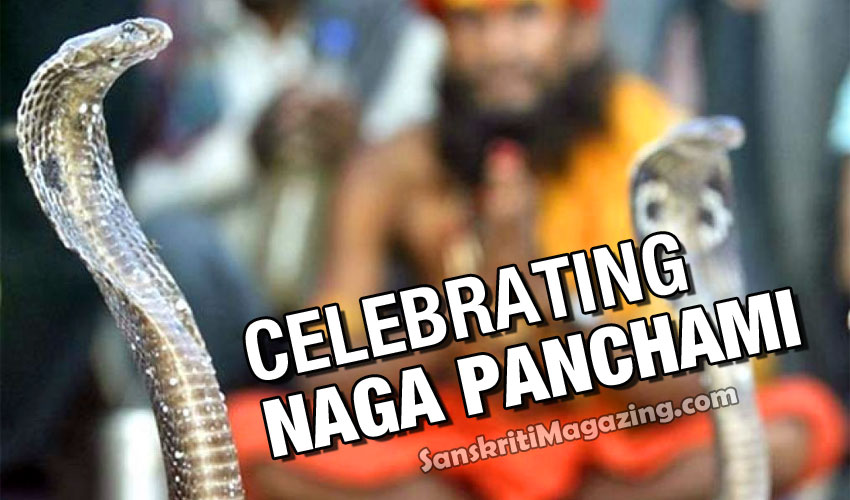Snakes are revered, feared or despised. No other species evokes such extreme reactions from us. If, in Biblical stories, snakes are portrayed as the Devil Incarnate, Greek, Chinese and Hinduism repose the snake with wisdom, fertility and immortality.
In some cultures, the snake symbolises the umbilical cord that connects us to Mother Earth. Since they live underground, snakes are also regarded as guardians of the netherworld. Ancient Egyptians worshipped a number of snake gods, including Apophis and Set. Sumerians revered serpent god Ningizzida. In America, the rattlesnake was thought to be the king of snakes who could give fair winds or cause tempests. The serpent figures prominently in the ritual dances of the Hopi tribe.
Stories of snakes taking human forms as nagas and nagins abound in Indic folklore. Shiva wears a cobra on his neck. His son Ganesha wears one as a waistband. Anantasesha coiled up to serve as bed for Vishnu in the cosmic milky ocean.
After the cow, the animal held most sacred by Hindus is the snake. Naga Panchami, celebrated on the fifth day of the Shravana month, is a day dedicated to snake worship. The faithful offer prayers at temples, and make offerings of milk, ghee, sweets, water and rice to snakes. Farmers in particular give thanks to the reptile for protecting their fields and food grain from pests. On this day, ploughing the field is forbidden as one may unwittingly hurt a snake.
The five Nagas worshipped on Nag Panchami are Ananta, Vasuki, Taxak, Karkotaka and Pingala. In many regions, offerings of milk, ghee, water and rice are made. It is believed that in reward for this worship, snakes will never bite any member of the family.
Snake temples are crowded on this day and worship is offered to stone or metal icons of the cosmic serpent Ananta or Sesha. Altars in many Hindu homes have a silver or copper cobra that is worshipped and offered milk and sweets as families pray for the welfare of their children and for prosperity.
By: Ranjeni A Singh
NOTEWORTHY FACTS:
- Snakes are reptiles, not mammals to drink milk. Milk cannot be digested by reptiles and they eventually die!
- The Reason why snakes drink milk on Nag Panchami is because they are dehydrated and stressed 30-45 days before nag Panchami by the Snake Charmers.
- The commonly displayed snakes by snake charmers on Nag Panchami are common Indian cobra and Indian rat snake These snakes are caught from wild in perfectly healthy condition 30-45 days before Nag Panchami. They are then put through a lot of cruelty. They are defanged unsurgically using cutting pliers and at times their mouth is stitched so that they cannot give the bite.
- Later they are closed in the round wooden basket for more than a month without any feed or water which makes them weak, dehydrated and they are left with cramped muscles which kills their speedy movement . ( Because of cramped muscles a cobra takes 20 min to 25 min to move one feet distance! )
- Snakes after Nag Panchami are killed for their skin. The skin of the snake can fetch the snake charmer with anything between Rs 3000 – 5000.
- Killing a snake like cobra or rat snake is a non-bailable offence under the Wildlife Protection Act (WLP- section 09- Prohibition of Hunting) and considering the fact that the cobra is protected under the Schedule II, Part II of the act.
- The punishments may vary from a three year imprisonment to a fine, or both as per the placement of the species under the schedules.
However, it is to be noted that in rural areas and villages, milk is offered into burrow where people pray with faith and there is no money making scheme behind their milk offering.










